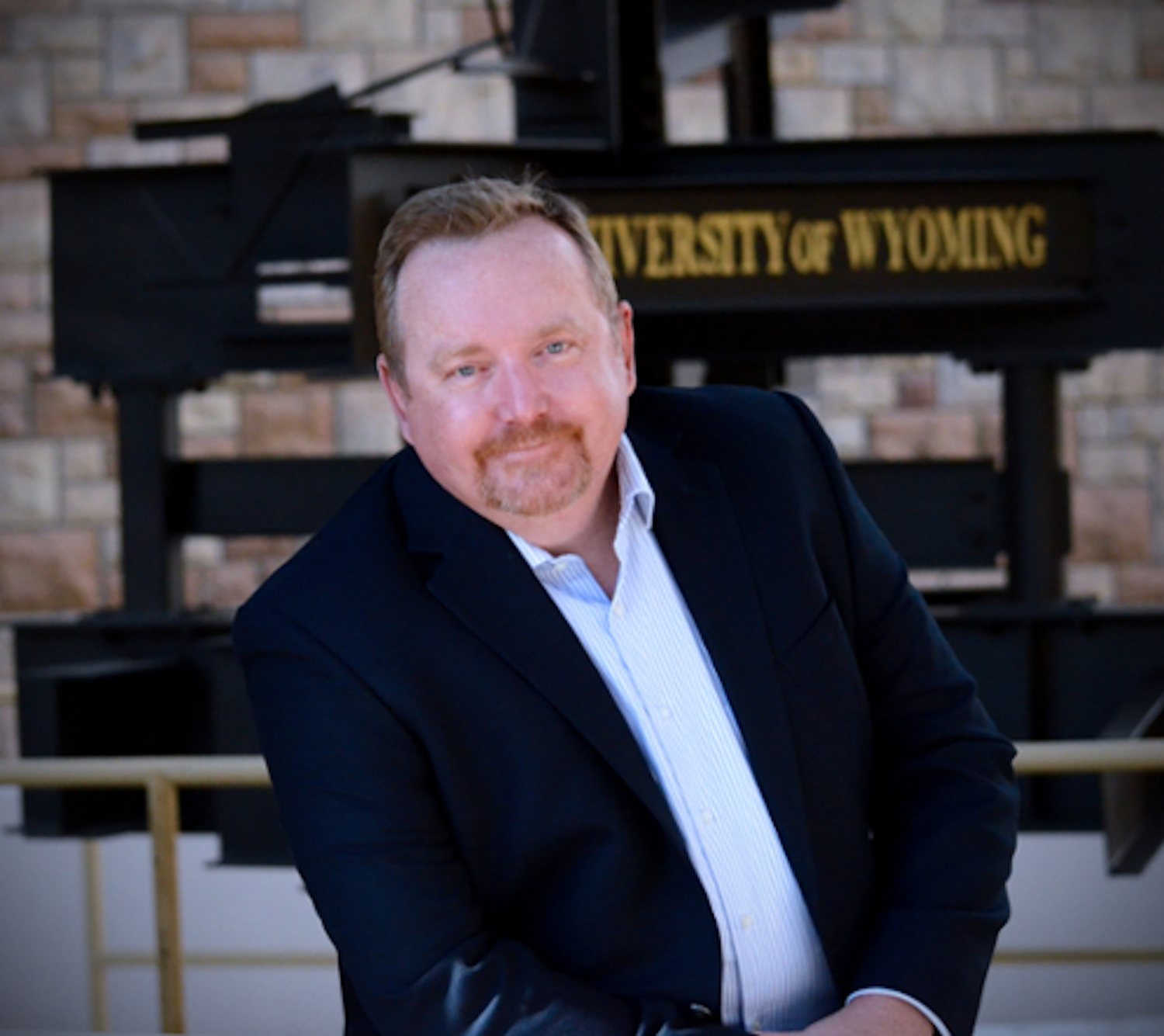The Faces of C-Valley: Scott Quillinan

Scott Quillinan, senior director of research at the University of Wyoming – School of Energy Resources (SER), one of the foremost institutions in energy research, development and innovation, leads several research programs in C-Valley. With a mission to help decarbonize fossil-based energy systems, Quillinan is dedicated to the development of new and added-value uses for coal; diversifying mining to include rare earth elements and critical minerals, and developing new energy technologies. Read more about Quillinan’s experience in C-Valley and the innovations the school is driving.
Q: Can you provide details of your organization’s work in coal-to-product research or carbon capture reuse? How does your work benefit the C-Valley region in Campbell County and Gillette?
Quillinan: SER has two thrusts in this space. The first is what we refer to as carbon engineering, which is under the leadership of Richard Horner, director of Carbon Capture and Conversion. It seeks to develop novel, marketable products derived from coal. The guiding principle for the carbon-engineering program is a focus on products that consume large volumes of Powder River Basin coal. We then identify opportunities to utilize existing Powder River Basin coal industry talents to create new coal-based manufacturing. Examples of the coal-to-product research include: building and construction materials, asphalt, paving and roofing materials, and agricultural soil amendment products.
The program has been successful and is moving toward demonstrating these products in the field. Recently, the construction-materials group celebrated the groundbreaking of a demonstration house that was constructed of coal-based bricks. Known colloquially as the coal house, it is located on the University of Wyoming campus, and is being constructed adjacent to a house built out of conventional bricks to demonstrate the performance of the coal-based materials.
The second major thrust is to develop and commercialize carbon capture and storage technologies with our flagship program, Wyoming CarbonSAFE. Funded by the U.S. Department of Energy, Wyoming CarbonSAFE is located at Basin Electric’s Dry Fork Station in the C-Valley and seeks to develop a commercial scale carbon dioxide storage hub capable of capturing and storing at least 50 million tons, proximal to the Dry Fork Station.
Q: How do you believe the work coming out of the C-Valley will benefit the nation as a whole?
Quillinan: C-Valley is the energy capital of the world, and a leader in energy innovation and field demonstration. All of the SER projects are designed to be transferable. For example, the carbon capture and storage technologies that are being developed are created with the idea that these methodologies could be employed nationwide. We hope to demonstrate that it can be done successfully and emphasize that this knowledge can be transferred to any carbon dioxide source around the country.
Q: Where do you see the C-Valley 10 years from now?
Quillinan: C-Valley is a forward-looking and tight-knit community. It has abundant mineral reserves, innovation centers, a trained workforce, and a social license to test, develop and commercialize energy technologies and carbon-based materials. Not to mention, it is a desirable and affordable place to live. Because of these observations, I foresee that C-Valley will continue to thrive as an energy capital of the world. I also see that the abundance of mineral resources and its creative spirit will put C-Valley on the map as a leader in carbon-based products and materials, and thus will require a new tagline: an energy-innovation capital.
Q: What is your favorite part about living and working in Wyoming?
Quillinan: I enjoy being outside – that’s why I live here. This area has incredible access to the outdoors, fresh air and fun. When I’m not working, I spend my time mountain biking, skiing and fishing, or enjoying a good breakfast burrito. I also like to practice my carpentry skills, although I can’t say that I am any good at that.